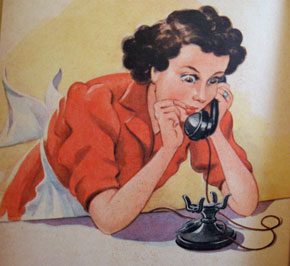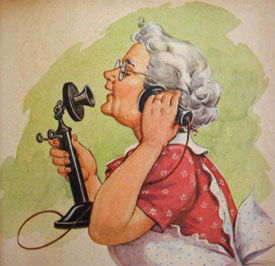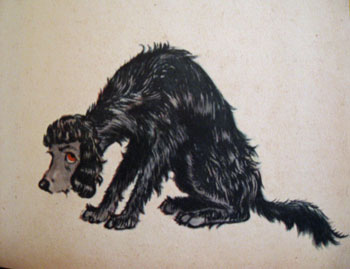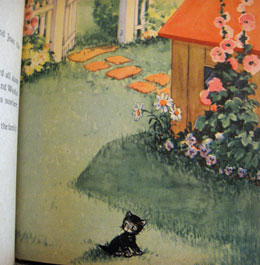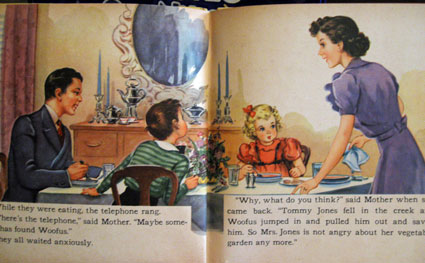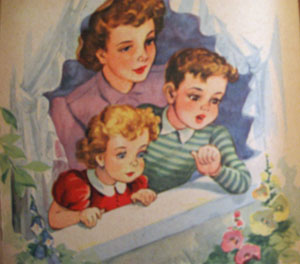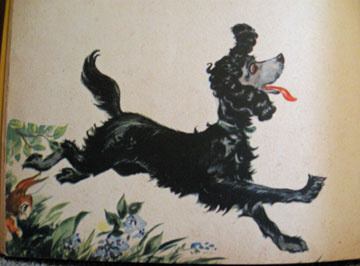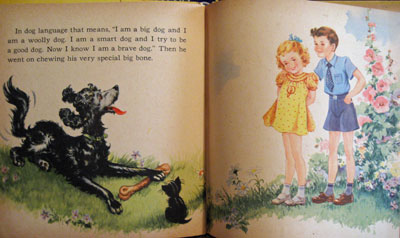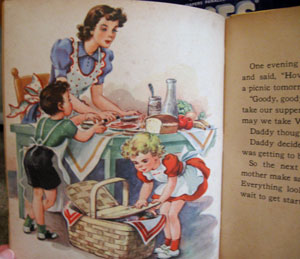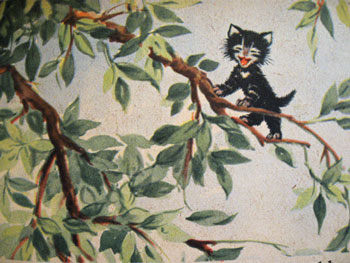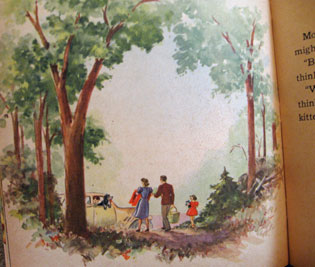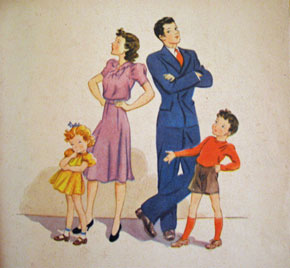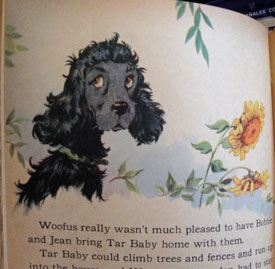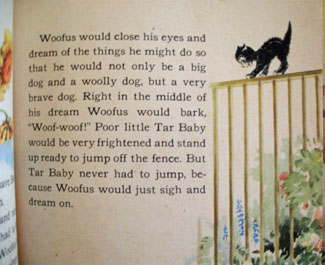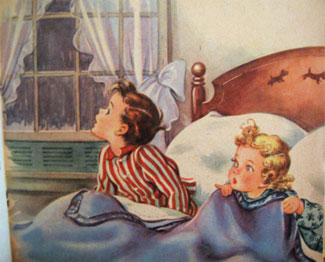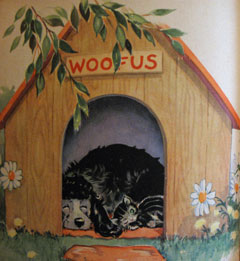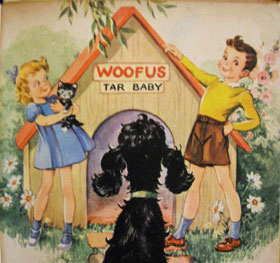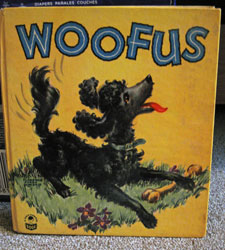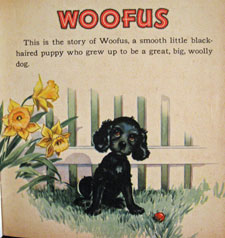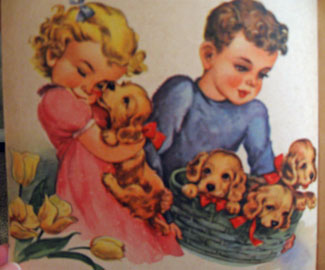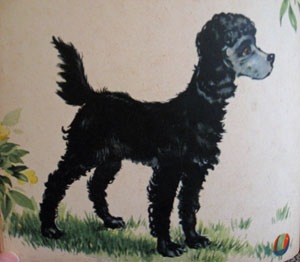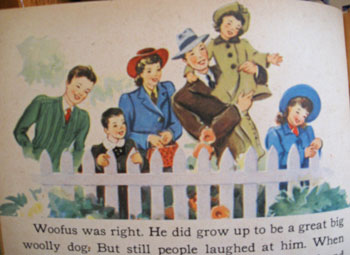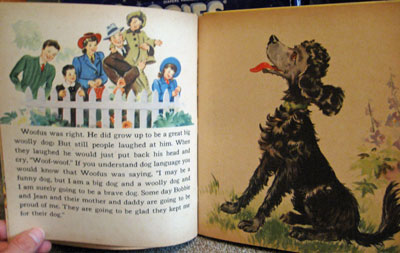The other day, when he got home from kindergarten, my boy, Kung Fu Panda, wanted to play the new LeapPad game we’d just downloaded as a reward for earning enough stickers on his sticker chart.
I was out of the room, doing dishes or putting things away — it’s always at least 30 minutes before I get to sit down — and returned to find KFP looking upset. “It won’t let me do anything,” he said.
I took the device from him to have a look. Sure enough, the LeapPad was doing something I’d never seen before: instead of starting up, the display showed a LeapPad with an alert symbol on it and a white cord connecting the LeapPad to a computer.
“Guess we have to connect it to the computer,” I mused aloud and pulled the white cord out of the cabinet.
Once connected, the screen directed me to download the LeapPad Connect software, which I soon surmised was a diagnostic tool for finding and fixing problems. After a couple false starts — including moving from my dinky notebook to my husband’s laptop in order to see the full screen of the application — the program began a lengthy process which seemed to involve a complete reinstall of his LeapPad’s software. Uh-oh.
Gently, I explained to KFP that, when his LeapPad was fixed, it would have the programs but not the settings. I didn’t go into detail, for fear he’d be upset, but I was fairly sure that all of his photos and drawings, his stickers and badges earned from playing his games, would have disappeared into the ether.
When the process ended, I handed the freshly-repaired LeapPad to my son and graced myself for the worst. Would he shriek or wail? Would he cry inconsolable tears as I vainly tried to explain I could do nothing to restore those files? (Perhaps a computer genius could recover them, but I don’t work for “CSI.”)
And then the most amazing thing happened. Nothing.
“I guess I need to take a new picture for my profile,” he said. I tried to walk him through it, but he didn’t need much help. He chose a new background — a tropical fish tank — and opened the virtual pet game to recreate his little brown monkey, Bimbie Baby, completely redecorating his apartment. “Look, he has a flatscreen TV now!” he told me.
Later, opening up the logic game where you build a town by solving space puzzles, KFP was delighted to see the town completely empty. “I’ve been wanting to rebuild it,” he told me.
If only he was always this flexible. If only I was.
An eon ago, in my pre-child days, a yoga instructor tried to explain the principle of attachment. At the time, I’m not sure I understood him as well as I believe I do now. No zen koan can teach the principle of attachment quite as well as motherhood. For I challenge you to find another experience where you are so deeply attached to someone, and yet where you are constantly reminded of the need to let them go.
From the instant he began to smile at ceiling lights — we said he was laughing at his guardian angel making silly faces — I knew the full realization of his life and being would one day lead away from me. From his first steps, to putting him on the bus to school, I couldn’t deny that this kid was going places.
As a friend once told me, everything is a stage. Crying at the top of his lungs every time you go to the grocery store? A stage. Peeing his pants because he can’t stand to tear himself away from his toys? A stage. But so, too, are the good stages, such as when he sits close to you, cuddling your arm, just because he feels like it.
It’s all a stage, and everything is always new again. I hope I can learn from KFP how to look forward to all the new challenges ahead, to build things anew.

